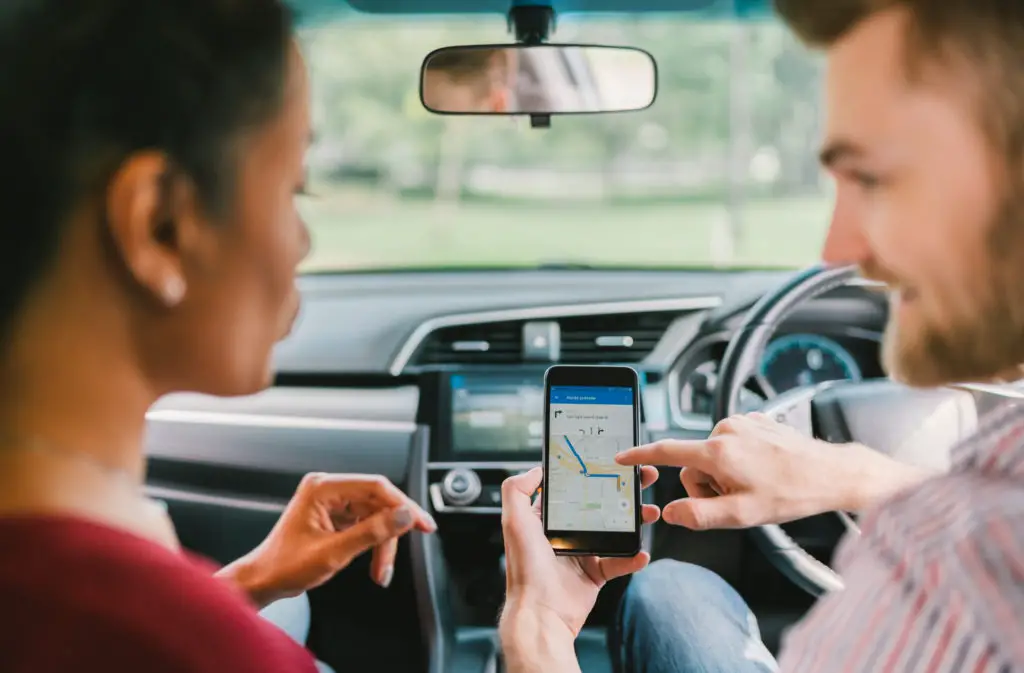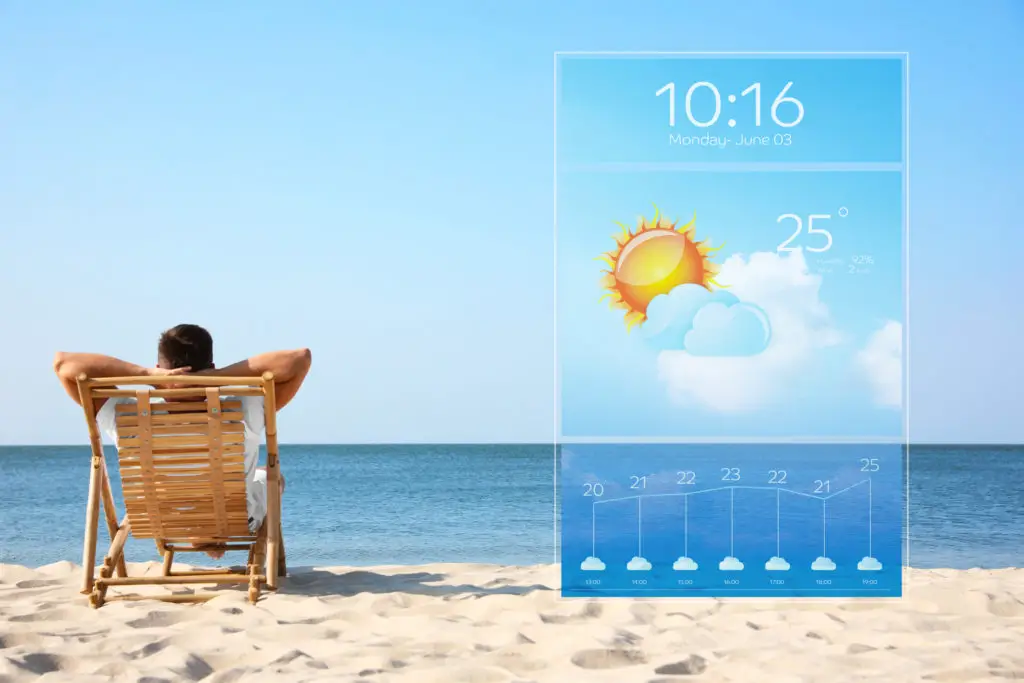If you’ve ever looked at the list of all the installed apps on your Android smartphone, the system ones make you wonder what is going on. I came across the “Carrier Location Services” and asked what it does.
Carrier Services supports Rich Communication Services messaging in Google’s Messages app. Location Services are settings for emergency, history, and location sharing along with Wi-Fi and Bluetooth scanning to improve accuracy. Several Android processes handle location.
I explored and found some other apps that handle determining and tracking my phone’s location. I researched more about what these do, and here’s what I learned.

What Does The Carrier Services App Do?
Carrier Services enables the latest communication services from mobile carriers, including support for enhanced features in the Android Messages app and battery optimization.
The app offers seamless communication services, including text messaging, voice call handling, and data service provisioning.
Like Google Play Services, it does a lot for you in the background and usually comes pre-installed on Android devices. You can also download it from the Google Play Store.
The app also plays an essential role in collecting crash and diagnostic information from users’ devices. This ultimately helps Google identify and resolve issues that could affect the seamless operation of RCS (Rich Communication Services) messaging.
Also, it shares messages between carriers to ensure they are delivered reliably and quickly.
Why Does It Have Location Permission?
Turning on Location permission is crucial so your device can track your whereabouts in real-time. When your Android device’s Location Service is activated, some things it can do include
- Show real-time clock/time zone wherever you are
- Update weather conditions wherever you are
What Might Happen If You Turn Off Location Permission?
It is highly recommended that you turn off location permission only for troubleshooting purposes**. Since carrier services are integral to Android, removing them or turning off their permissions can seriously affect the functionality of your smartphone.**
To disable the “Carrier Services” App:
- Click open the “Settings” menu.
- Scroll down until you find the option “Apps.”
- Look for “App Management” and click on it.
- Find the “Carrier Services” app and tap to open the corresponding set of options.
- You’ll see something called “Disable.” Tap on it, and you’re done.

Carrier Location
Apps that have access to your “Carrier Location” use this information to provide location-based services, such as the ability to check in, watch commute traffic, identify local eateries, or tag your images with your location.
Most websites and Apps request carrier location permission when they require more accurate data than they are getting from your IP address. In most cases, it is used to target ads or allow applications to provide you with better functionality, depending on your location.
Whether and when you should give permission depends on whether it makes sense that they require it and the app’s trustworthiness.
Other Location Permissions on Android include:
Fused Location
Did you know that Apps can take advantage of the different signals provided by multiple sensors in your device to determine device location? The fused location provider is a location API in Google Play Services that smartly blends many signals to offer the location information required by your apps.
What Does It Do?
The fused location provider takes advantage of the underlying location technologies, such as Wi-Fi and GPS, and provides a simple API to specify the desired service quality.
For instance, you can request the most precise data available or the highest accuracy possible while consuming no additional power. This means it can triangulate your location using many sources, such as cell towers and Wi-Fi.
Fused Location also provides location history. You can see where you’ve gone in the past and which applications have used your location. Average users should probably leave the location active for the reasons mentioned above. Advanced users can test restricting access where possible.
Though the service is usually active by default, you can disable it. To do this,
- Navigate to Apps & notifications, scroll down and click on Google Play services
- Tap the Permissions option
- Select the permissions you don’t want Play Services to have and select the “Deny” option.
Fused Location is the fastest and most accurate way to obtain a device’s location. It can be grouped into three use cases, which are:
- HIGH ACCURACY: The mode prioritizes location providers and GPS.
- BALANCED_POWER: Excludes GPS and other location providers
- NO POWER: Mode does not use any location provider and relies on location data from other applications and apps to determine where you are.

Location Services
On Android devices, Google, as the primary network location provider, provides a location service known as Google Location Services (GLS). It is also called Google Location Accuracy in Android 9 and above.
The service aims to improve overall location accuracy by providing a more precise device location. It includes emergency and location sharing settings and Bluetooth and Wi-Fi scanning to improve accuracy.
What Does It Do?
Turning on Location Services is essential for some apps to have real-time information about where you are. These are some things you can do when your Location Service is enabled:
- Check the weather wherever you are in the world.
- Ride-hailing services (Grab, Uber, Lyft, Didi, Ola, and others)
- Food Distribution Services
- Video and picture geotagging
- Share your location
You can authorize applications on your phone to use your location to perform certain activities or provide information. Different apps, for example, can use your phone’s location to show commute traffic or locate local restaurants.
On the other hand, apps like Lyft, Uber, Lime, and Bird will need your location when you use them, but this is not permission that needs to be enabled all the time.
Turning off your phone’s location service might help you hide your position. This is important if you do not want third parties to know where you are or follow your movements.
However, a smartphone can still be tracked in various ways that indicate its geographical location. The post ‘Can Someone Find My Device Location By Phone Number?’ has additional information.